Do It Yourself
How to Make Birds YOUR Prey in a Survival Situation
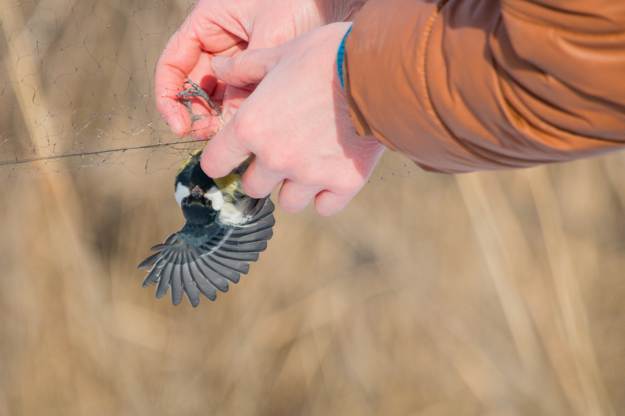
When you are in the wilderness with no food supply, you must learn to find a food source. In this article, we’ll talk about trapping, cleaning, and eating birds for survival.
Eating Birds | Your Food Source in the Wild
When you are lost in the wilderness, you will most definitely want to find food. Food is one of the four pillars of survival because of its effect on the body. You can actually survive for about three weeks without food.
However, starvation causes the body to start eating itself for energy. When this happens you become weak, clumsy, confused, nauseous, depressed, and in severe pain. Getting simple tasks done like collecting water and firewood become almost impossible.
Not only do you need food, but you need fats and proteins. These are the nutrients that will keep you going in a survival scenario.
Birds Are High in Protein
One of the most abundant sources of fats and proteins in the wild are birds. While most birds are fairly small, catching a few small ones can make a meal.
I completed a winter challenge a few years ago that proved the value of birds. I had hiked several miles through the Ozark mountains, set up camp near a spring, and built a lean-to shelter and set up a body length fire to stay warm. There was plenty of firewood and the spring gave me drinking water, so I decided to focus on food.
The temperatures were floating around 5 degrees Fahrenheit, and the birds were active. I was able to get a hold of a medium-sized bird that probably weighed about half a pound.
I plucked it and was disappointed by how small it was without the feathers. Then, I gutted the bird and roasted it over the fire. I ate everything.
Bones, beak, feet… they all were on the menu. Just that little bird gave me the energy that I needed to hike out at the end of my challenge.
There are not just small birds in the wilderness. Birds such as grouse, turkey, and pheasant can provide a large meal if you are lucky enough to get one.
If you happen to have a shotgun with you, birds are easy to acquire. However, without modern firearms, you are looking at building traps.
Trapping
Birds offer a unique challenge for trapping. They are not heavy enough for pit traps, and they would just fly out anyways. Sometimes a deadfall will work, but typically they don’t have enough force to trip the trap. Snares don’t work because they are so small.
However, you have some advantages. One is that birds will typically look for a perch off of the ground if there are no trees around. Another is that birds do not move well in reverse.
We will exploit these weaknesses with our trap designs:
1. Cup Bird Trap
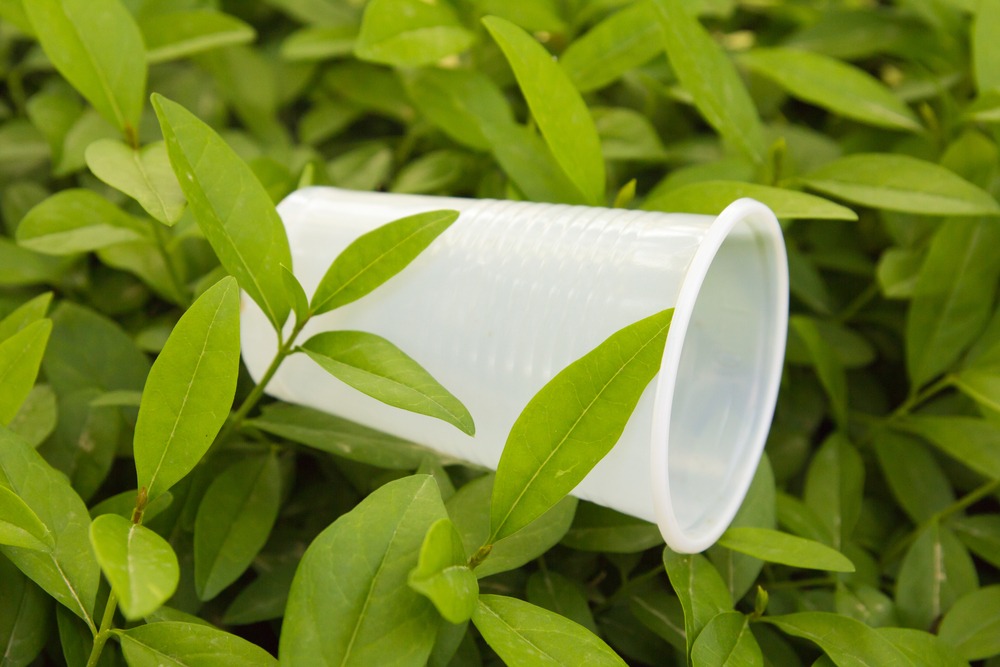
The easiest trap I know for small birds is a cup trap. Unfortunately, one thing you can count on these days is finding trash in the wild. Especially along water sources, bottles and plastic cups can be found everywhere. This trap is designed based on the fact that birds cannot back out of narrow spaces.
Just take a cup (or make one by cutting apart a bottle) and gather some bait and a sticky substance. Good bait for birds are usually seeds, groundnuts, or berries. For the sticky substance, you can use tree sap or honey if you have it.
- Start by lining the bottom of the inside of the cup with your sticky substance.
- Then put your bait in the bottom.
- Next, line the sides of the inside of the cup with the sticky substance.
- Finally, find a spot with heavy small bird traffic and stake it down to the ground.
That’s it!
The bird will walk head-first into the cup going after the bait. By the time it gets to the bait, the cup will be tight enough that it cannot turn around. The sticky substance will provide friction so the bird cannot freely move. Then you just need to come along and pick up your dinner.
2. Bird Snare
View this post on Instagram
This trap creates a convenient perch for the bird to land.
- Start with a stick about an inch in diameter and three to four feet long and sharpen both ends.
- Next, cut a hole through the stick a few inches below one end.
- Get a second stick and sharpen one end.
- Find a thin piece of cordage and tie a snare in one end. This can be as simple as tying a loop with an overhand knot and then feeding the other end through it.
- Finally, tie a weight like a rock on the other end of the cordage. Drive the end of the large stick without the hole into the ground. Be sure there are no trees around, so the middle of a field or clearing is ideal.
- Feed the snare end of the cordage through the hole so there are just a few inches of extra cordage past the snare.
- Shove the sharp end of the other stick into the hole from the direction of the snare so that it holds the cordage in place with the weight hanging. It should be roughly perpendicular to the primary stick.
- Drape the snare loop over the small stick so it covers most of the landing area.
When a bird lands on the small stick, the stick will drop and the snare loop should catch its foot. The other end of the large stick is sharpened so the bird does not have a landing spot there.
3. Cage Deadfall
View this post on Instagram
This works just like a deadfall that crushes the animal, except that the cage just holds it in place. Start by building the cage. The best way I can describe the structure is a log cabin pyramid.
- Gather a bunch of sticks about 18 inches long or shorter.
- Make a base by placing two sticks down of equal length and then lashing two more of equal length on top them. This should make a square.
- Then lash another layer of slightly smaller sticks on top. Continue this until the structure comes to a point like a pyramid.
To set the trap:
- Find a flat spot like a rock face or a bare patch of ground. Be sure there is bird activity in the area.
- You can use several different types of triggers, but I like the promontory peg best. Take a single stick long enough to hold the trap open for the bird to enter. Ideally, you want to support the trap at a point inside of the frame.
- About three or four inches up from one end, cut halfway through the stick.
- Then about an inch down cut in halfway from the other side.
- Use your knife to split down the middle of the stick from one cut to the other so it separates into two pieces that fit together.
- Use your knife to shave down another stick to a very thin flat piece about two inches long.
- Put the two pieces of the support stick together but put the sliver of wood in between.
The weight of the trap should hold the whole assembly together with a hair-trigger. Then just bait that small sliver and you are ready to catch dinner. If you are trying to catch larger birds, just make the whole assembly larger.
Cleaning, Cooking, and Eating Birds
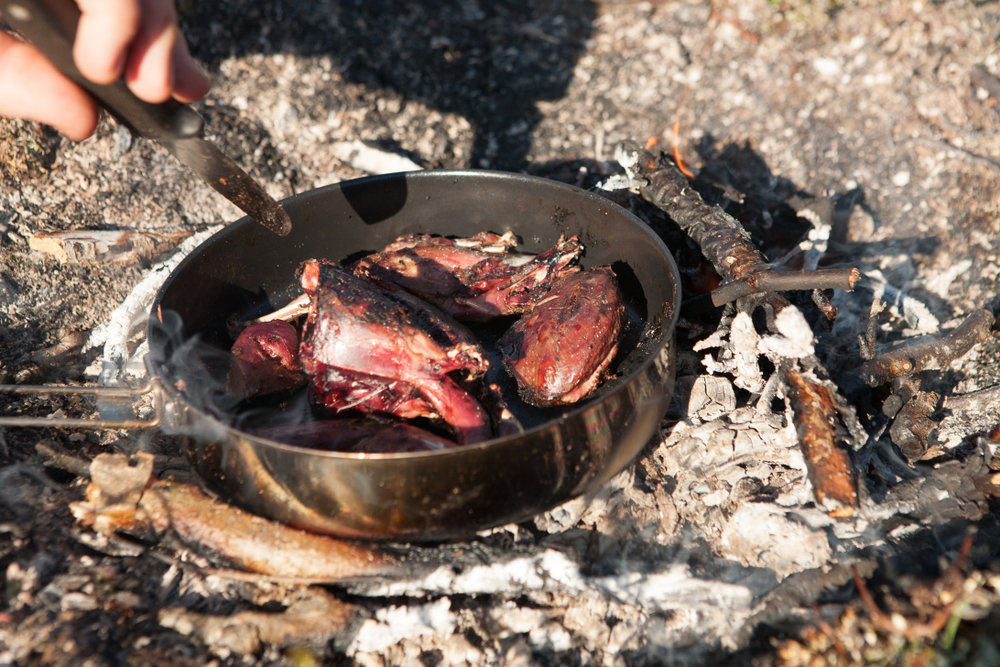
To clean a bird in the wild, it just takes two simple steps.
- The first is to remove the feathers. For small birds, I just pluck off all of the feathers. Do this by water to wash up or you will get feathers everywhere.
- For larger birds, I like to scald them with boiling water. This will make it easier to remove stubborn feathers. To gut the bird, you should just make a cut between the legs. Then reach up into the cavity and pull out all of the organs. Some of them are edible, so don’t throw them away.
There are three ways I like to cook birds in the wild.
- The easiest is just to skewer them and roast them over a fire.
- You can also spatchcock the bird. This is the process of cutting out the backbone of the bird and spreading it flat. If you are cooking on a hot rock or pan, this will make it cook more evenly.
- Finally, you can always boil the bird. The meat is not as flavorful, but all of the fats and oils end up in the water giving you a tasty broth.
Extra Tip: The biggest thing I can emphasize with birds is to eat almost everything. Once you are done eating the meat and organs, you should munch on the beak, feet, and bones for some extra nutrients. You need every single calorie you can get.
Practice Trapping to Prepare Ahead
While trapping birds in the wild can be challenging, sometimes it is your best option. There are plenty of times I see no rabbits, squirrels, or other small game in the wilderness.
However, I almost always see birds. You just have to use what we know about birds to trap them effectively. Be sure to try out these traps in advance so you know how to set them properly.
With all three traps, you should be able to safely release the bird if you get to it quickly. Then you will be prepared when you need food for survival.
Have you ever tried trapping, cleaning, and eating birds? We’d love to hear your experience in the comments section!
Up Next:
-

 Do It Yourself7 months ago
Do It Yourself7 months agoParacord Projects | 36 Cool Paracord Ideas For Your Paracord Survival Projects
-

 Do It Yourself9 months ago
Do It Yourself9 months agoHow To Make Paracord Survival Bracelets | DIY Survival Prepping
-

 Do It Yourself9 months ago
Do It Yourself9 months ago21 Home Remedies For Toothache Pain Relief
-

 Do It Yourself10 months ago
Do It Yourself10 months agoSurvival DIY: How To Melt Aluminum Cans For Casting
-

 Exports8 months ago
Exports8 months agoAre Switchblades Legal? Knife Laws By State


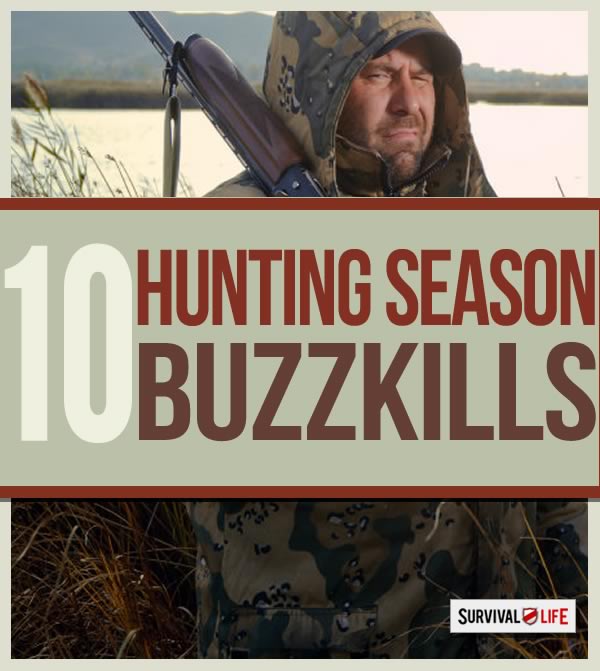

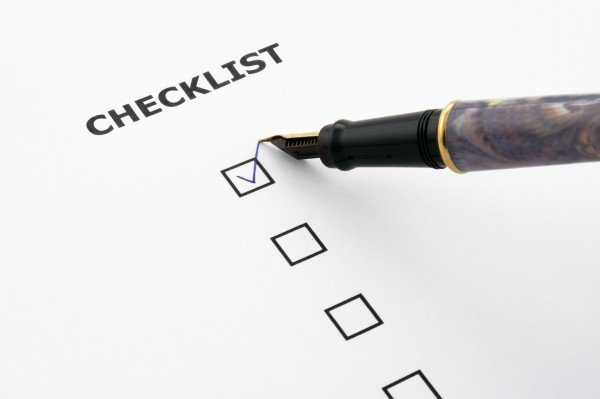

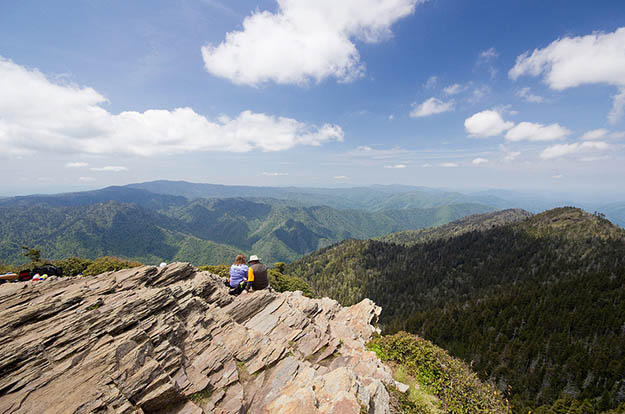

Pingback: Upcycling Ideas for Students | 15 Upcycle Projects for Kids - Survivalnomics